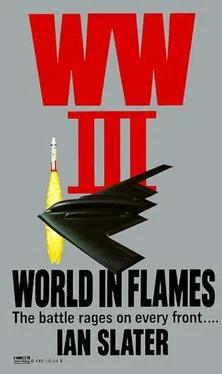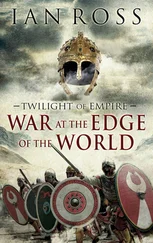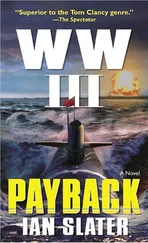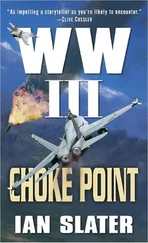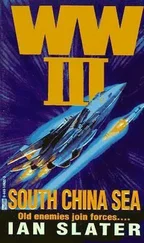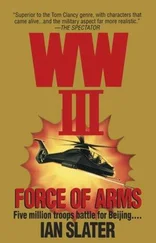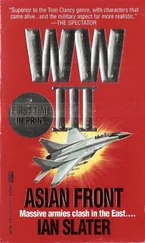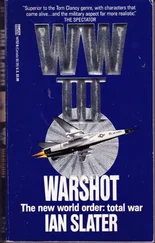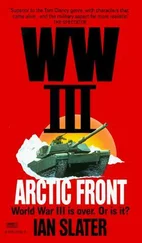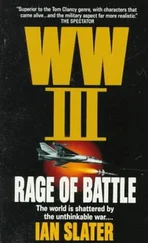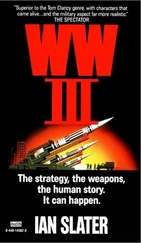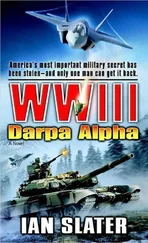Among the ground crew he was known as “Nemignuvshiy” —”No Blink”—a reference to the story that had been passed on from his training days after he’d moved out of the two-seater L-29 jet trainers at the Yuri Gagarin Academy, qualifying for MiG-21s at the Gagnon Higher Aviation Academy. They had been readying for an air race at the end of the course to test them before they could go on to fly the top-of-the-line fighters. The test, in MiG-23s, involved a low-level half roll and loop, then a return to level flight over the academy’s airfield prior to receiving the coveted wings to go with the green “CA” shoulder boards. Before the race, the pilots, six of them including Sergei Marchenko, had walked, as was customary, through the maneuvers on the chalk lines outside the academy’s glass-and-cement tower. Even then one of the instructors had remarked on Marchenko’s total concentration while the other cadets occasionally glanced at one another, to see how the others were doing, indulging in a joke or two as they slowed the walk to avoid near misses.
The six went up, moving off two at a time, the MiG-23s’ Tumansky R-29s on full afterburner, swing wings at sixteen degrees, the MiGs gaining altitude, retracting landing gear, extending the dorsal fin and spreading wings to forty-five degrees. The fighters formed a six-plane perfect diamond, performed one thundering low-level pass over the field, separated, and climbed for the ten-thousand-foot ceiling, the training video camera in each plane, mounted beneath the sight for later replay, already whirring, the instructors in the tower listening closely to the chatter for any sign of hesitancy. All six MiGs then came in for the low roll under Mach 1 but in excess of six hundred miles per hour, where a split-second mistake would put them into the ground.
They came out of the half roll in unison and were into the second half of a loop. There was a cry from one of the pilots at the apogee of the roll. The instructor’s shouted correction from the tower came too late — the MiG-23 a ball of fire in the birch trees on the eastern edge of the runway. In that moment, as the videotapes of the remaining five planes later showed, only one pilot, Sergei Marchenko, hadn’t looked down at the crash but, in that instant, had exerted maximum throttle — and won.
* * *
Zipping up his G suit, Marchenko said nothing as the other pilots on the mission talked animatedly among themselves, most, he noticed, strictly observing the ritual of zipping up either right or left boot first. To Marchenko it didn’t matter. Their rituals to him were those of juvenile superstitions, of talismans, lucky numbers, obsessions held as tightly as American baseball players who, an instructor had once told him, often favored the same pair of socks or undershirt as being “lucky” for their game. Marchenko viewed such rituals with the same contempt as he did belief in God. It was all voodoo. The only belief one could rely on was the belief in oneself, in one’s own precision and ability — the best talisman being the sure knowledge that you could do it — and win.
Marchenko saluted his ground crew captain, the man barely visible in the dim red night light by the plane’s ladder, and lowered himself into the Fulcrum’s cockpit, pulling on the skull cap, followed by his dark-visored helmet, and a metamorphosis took place. Man is a natural killer, his father had told him. Regrettable but true. The best warriors knew this. Caldwell, the Australian ace who in World War II shot German pilots in their parachutes after he’d let one go and seen the German kill his best friend the next day, knew it. And so did the great American aces of the Vietnam War. There was no glamour. There was only precision and death. In the Fulcrum his precision and the cruel beauty of the Mikoyan fighter met and fused as one.
He could perform a hammerhead stall/tail slide under a mere three thousand feet, then go straight, and he meant straight, into an eighty-five degree climb, the combined eighteen-thousand-pound thrust of the twin Tumansky R-33Ds shifting the metallic, honeycombed, and plastic composite machine from “reduce thrust” to “idle,” back to “flat out,” without the engines so much as missing a beat. For Marchenko, the Fulcrum’s thrust/weight ratio, greater than one, was velichestvennoe —”sublime”—and it made the Fulcrum not only a superb fighter but an ideal interceptor as well.
His Fulcrum, a large 9 painted on the starboard jet’s box intake, with its slogan “Ubiytsa Yanki’ “ —”Yankee Killer”—next to the blue-beige winged insignia of the Mikoyan-Gurevich design bureau, rose with the eight other MiG-29s into the zero visibility above Vladivostok, crossing the Soviet-Chinese border, heading south over China’s north-easternmost province of Heilongjiang.
En route to the planned intercept of the American-fighter-protected 747 believed to be carrying the American general Douglas Freeman, strict radio silence was observed. No active radar, which might be picked up by U.S. fighter cover over the Sea of Japan, was permitted. Only passive radar could be used to receive advance warning of the American presence.
The American fighters, Marchenko knew, would no doubt be doing the same, but once contact with them was made, six of the Fulcrums would peel off to the southeast to engage the largest group of the American fighter cover. The remaining three Fulcrums, Marchenko leading, would ignore all else, staying low, in the sea scatter, in hope of hiding themselves from American radar, their sole target the largest blip recorded by Vladivostok Control, the latter coordinating the Soviet-Chinese ground radar network as well as the offshore buoy-mounted radar.
Once they picked up the 747, Vladivostok Center would send a burst transmission, vectoring the 747’s position relative to the Fulcrums. Only nearing the vectored point of intercept would the MiG-29s’ look-down, shoot-down radar, with a range of sixty-seven miles, be turned on for the attack.
Climbing, then diving at Mach 2.8, over three thousand kilometers per hour, loaded with six pylon-mounted Alamo air-to-air missiles apiece and fully drummed thirty-millimeter gun beneath the left wing, Marchenko’s Fulcrum and the other two following him in arrowhead formation would close the sixty-seven miles to the 747 in two minutes, plus or minus fifteen seconds. Only then, Marchenko had told the other two pilots, would each plane’s IRST — infrared search and tracking — dome, mounted high on the starboard side of the Fulcrum’s nose, be switched on to pick up the 747’s exhaust lest the Boeing’s formidable jamming capability scramble any of the Fulcrum’s avionics, including the multimode nose radar and the Sirena 3 radar warning receivers.
* * *
It was 0957 and eleven seconds when Vladivostok’s Ground Station Four on the Jilin Province-USSR border reported a cluster of aircraft rising from Matsue, Japan, heading across the East Sea at twenty thousand feet and traveling at Mach.9. The operators opined that though these aircraft were traveling at only seven hundred miles per hour, they were possibly a fighter umbrella protecting a larger blip traveling at Mach.7, accompanied by three smaller aircraft farther south of the first group, EIT plus or minus fourteen minutes.
The nine Fulcrums peeled off to engage, not doubting for a moment that what Ground Radar Four had seen were American fighters going slowly to keep pace with the Boeing 747. What they did not realize was that the burst message they received from Vladivostok Control was immediately picked up by two of the fifty-man 747 crew manning the consoles aboard the big 231-foot-long Boeing jet and that via satellite bounce, the positions of both groups of Fulcrums, the six coming straight for the American fighters and the three others “on the deck” staying on course for the 747, were being plotted by the Americans.
Читать дальше
